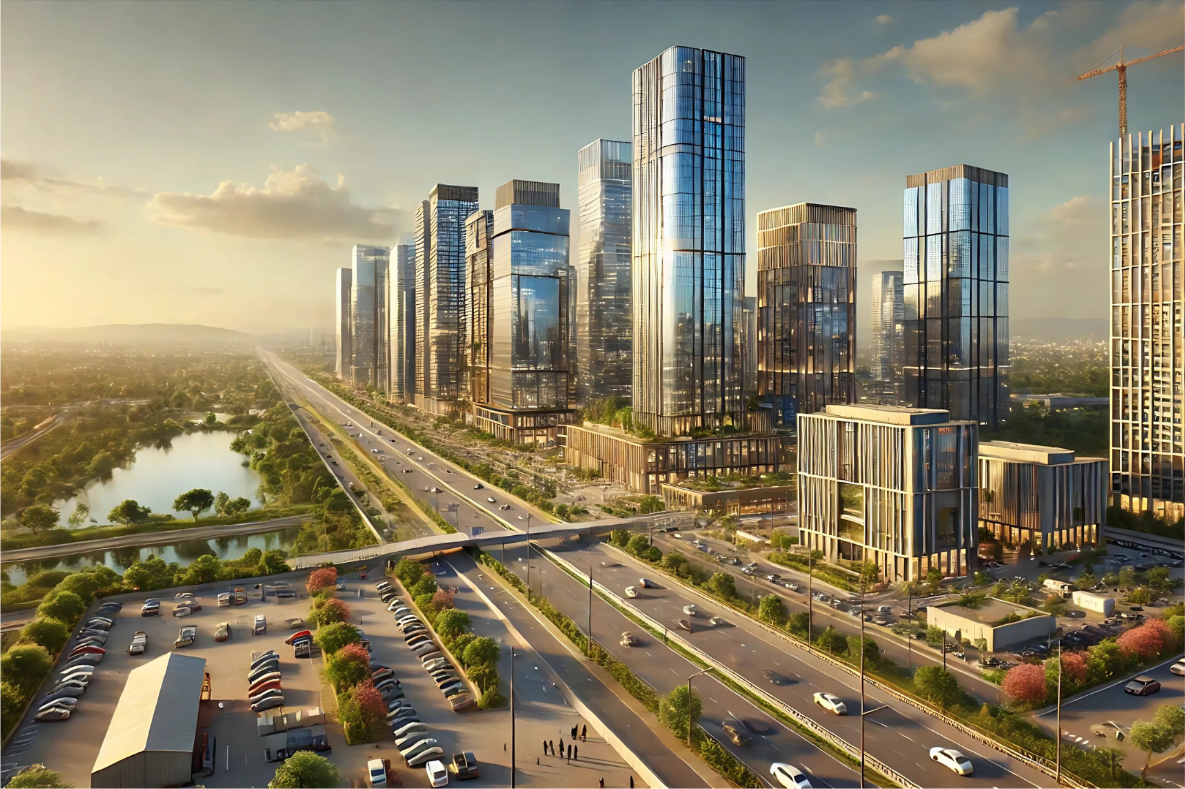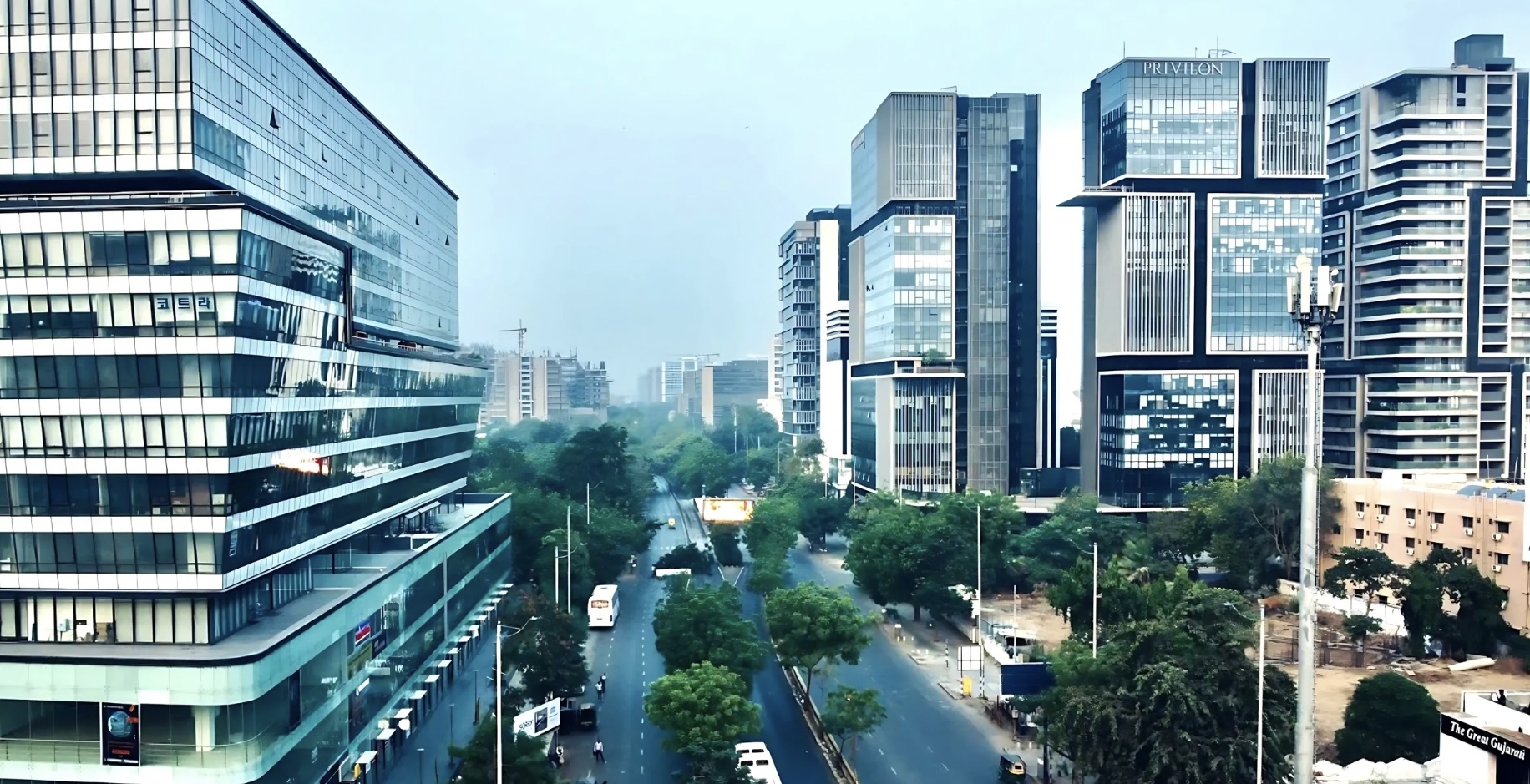What makes a residential or commercial property stand out in the bustling real estate market of India? Are you curious about the factors that determine how to determine market value of property?
Well, hold onto your hats because we’re about to dive into the intriguing world of property valuation. When it comes to assessing the worth of a property, several crucial factors come into play. Location, amenities, market demand, infrastructure, and the overall economic climate all have a say in determining the value of both commercial and residential properties.
As a savvy real estate investor or homebuyer in India, understanding these determinants can empower you to make informed decisions. This article will delve into the key factors of ‘how to determine market value of property’ and shed light on each aspect.
1. State of the Economy
The overall health of the economy greatly impacts property values. A robust economy with steady growth and low unemployment rates tends to drive property values upwards. In such times, demand for both commercial and residential properties escalates, leading to increased prices. Conversely, a sluggish economy can have a negative effect, causing property values to stagnate or even decline. Therefore, it is essential to stay abreast of economic trends to gauge the potential value appreciation of a property.
2. Location
Location is undeniably one of the most influential factors determining property value. Factors such as proximity to amenities, transport links, schools, shopping centres, and employment hubs contribute to a property’s desirability. In India, prime locations in metropolitan areas, central business districts, and well-connected neighbourhoods typically command higher property values. A property’s location should be carefully evaluated as it plays a crucial role in long-term value appreciation and potential rental income.
3. Size
The size of a property is a key determinant, whether it is commercial property valuation or residential property valuation. Larger residential properties often come with higher price tags, reflecting the increased space and potential for added amenities. In the commercial sector, property size directly affects the scope and potential usage, thereby influencing its value. It is important to consider the size of a property carefully, aligning it with your requirements and market demand, to ensure its value aligns with your investment goals.
4. Curb Appeal
The visual appeal of a property, commonly known as curb appeal, can significantly impact its value. A well-maintained and aesthetically pleasing property is more likely to attract buyers or tenants and command a higher price. Factors such as landscaping, exterior condition, cleanliness, and architectural style all contribute to the overall curb appeal. Investing in improving the curb appeal of a property can yield substantial returns and boost its market value.
5. Problems and Repairs
The presence of problems and the need for repairs can significantly affect property value. Structural issues, plumbing or electrical problems, or the need for major repairs can decrease a property’s value. Buyers and investors often factor in the cost of repairs or renovations when determining the value they are willing to pay. It is crucial to conduct thorough inspections and assessments to identify any existing problems and estimate their potential impact on the property’s value.
6. Age and Condition
The age and overall condition of a property play a vital role in determining its value. Newer properties generally command higher prices, as they offer modern features, energy efficiency, and lower maintenance requirements. Whether it is commercial property valuation or residential property valuation, on the other hand, older properties may require updates and renovations to align with contemporary standards, impacting their value. The condition of a property, including the quality of construction and maintenance history, influences its market value and potential appreciation.
7. Renovation Potential
The potential for renovation and improvement can significantly affect a property’s value. Properties with untapped renovation possibilities provide buyers and investors with an opportunity to enhance the property’s appeal and functionality, thereby increasing its market value. The feasibility and cost of potential renovations, as well as the expected returns on investment, should be carefully evaluated before considering such properties.
8. Interest Rates
Interest rates play a crucial role in shaping property values. Lower interest rates make borrowing more affordable, encouraging potential buyers to enter the market and stimulating demand. This increased demand can drive property values upwards. Conversely, higher interest rates can deter buyers, reducing demand and potentially suppressing property values. Monitoring interest rate fluctuations can provide valuable insights into the potential trajectory of property values.
9. Supply and Demand
The fundamental principles of supply and demand have a profound impact on property values. When demand for properties outweighs the available supply, prices tend to rise. Conversely, an oversupply of properties relative to demand can lead to price stagnation or decline. Understanding the balance between supply and demand in a specific market or location is crucial for gauging the potential value appreciation of a property.
10. Money Supply and Borrowing Costs
The availability of money supply and borrowing costs affects property values – whether it is commercial property valuation or residential property valuation. A healthy lending environment with ample credit availability at reasonable borrowing costs can drive demand and boost property values. Tighter credit conditions, where borrowing becomes more challenging or expensive, can limit buyer activity and put downward pressure on property values. Monitoring monetary policies and lending conditions is essential to anticipate the potential impact on property values.
11. Number of Investors and Speculators in the Market
The presence of investors and speculators in the real estate market can influence property values. Increased investor activity, driven by factors such as favourable market conditions or potential returns, can contribute to rising property values. Conversely, a decline in investor interest or speculative activity can lead to a slowdown in price growth or even a decline. Keeping an eye on investor sentiment can offer valuable insights into the potential trajectory of property values – whether it is commercial property valuation or residential property valuation.
12. Building Material and Labor Costs
Fluctuations in the prices of construction materials and labor costs can impact the cost of new developments and renovations. These costs are often passed on to buyers and investors, affecting property values. It is crucial to consider these factors when you assess how to determine market value of property.
In conclusion, whether it is commercial property valuation or residential property valuation, by carefully analyzing these factors, buyers and investors can make informed decisions and position themselves for success in the dynamic Indian real estate market.






